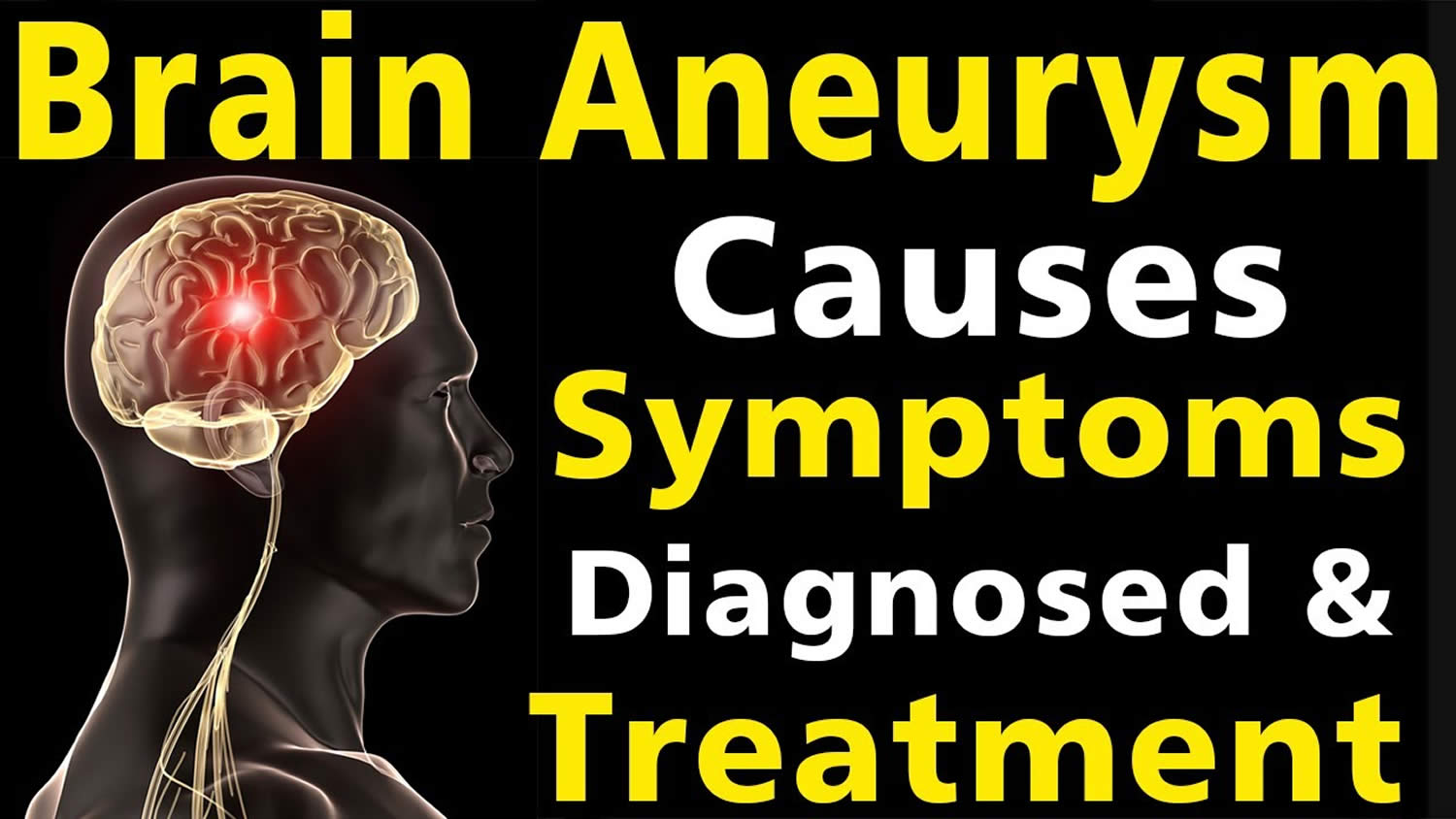About 1 in 50 people in the united states currently have a brain aneurysm that just hasn t ruptured that s about 6 5 million people

About 1 in 50 people in the United States currently have a brain aneurysm that just hasn’t ruptured. That’s about 6.5 million people.

Brain aneurysms are a silent and potentially fatal condition that can affect anyone, regardless of age, gender, or ethnicity. It is estimated that about 1 in 50 people in the United States currently have a brain aneurysm that has not yet ruptured. This equates to approximately 6.5 million individuals living with this condition.
A brain aneurysm is an abnormal bulging in the wall of a blood vessel in the brain. It is often compared to a small balloon filled with blood that is weak and prone to rupture. When an aneurysm ruptures, it can cause bleeding in the brain, leading to a potentially life-threatening situation called a subarachnoid hemorrhage.

Understanding the prevalence of brain aneurysms is crucial in raising awareness about this condition. While some people may live with a brain aneurysm for their entire lives without experiencing any symptoms, others may have their lives tragically altered by a rupture. Medical experts emphasize the importance of early detection and treatment to prevent potentially disastrous consequences.
It is important to note that not all brain aneurysms result in rupture. In fact, many aneurysms remain unnoticed and do not cause any symptoms. However, identifying individuals at risk and providing them with appropriate medical care can significantly reduce the chances of rupture and minimize the associated risks.
Various risk factors contribute to the formation and potential rupture of brain aneurysms. These factors include smoking, high blood pressure, a family history of brain aneurysms, certain genetic disorders, and age. Women, particularly those over the age of 40, are more likely to develop brain aneurysms compared to men.
Given the potential severity of a ruptured brain aneurysm, it is essential to raise awareness about the signs and symptoms associated with this condition. Individuals experiencing a sudden, severe headache, vision problems, neck pain, or loss of consciousness should seek immediate medical attention. Early intervention can greatly improve the chances of survival and minimize the risk of long-term complications.
To ensure the well-being of individuals with brain aneurysms, ongoing research and advancements in medical technology are necessary. The Brain Aneurysm Foundation (bafound.org) is a valuable resource that provides information, support, and education to those affected by this condition. By visiting their website, individuals can learn more about brain aneurysms, access helpful resources, and find support networks.
Overall, understanding the prevalence and potential dangers of brain aneurysms is crucial in promoting awareness and proactive measures. Through education, early detection, and access to appropriate medical care, it is possible to minimize the risks associated with brain aneurysms and ultimately save lives. Remember, knowledge is power when it comes to preventing and managing this often silent condition.
Source: Brain Aneurysm Foundation
Share
Related Posts
Quick Links
Legal Stuff

